You may have seen corn at some point get to a high temperature and pop, giving you the classic crispy shade and crunchy texture. However, some grains, like certain types of wheat, bulgur, and millet seeds
With this in mind, some grains may go unrecognized, but you can get some exciting flavors and textures as you cook them on a stovetop.
Read on to learn more about these delicious grains that make a lovely sight when popping.
1. Wild Rice
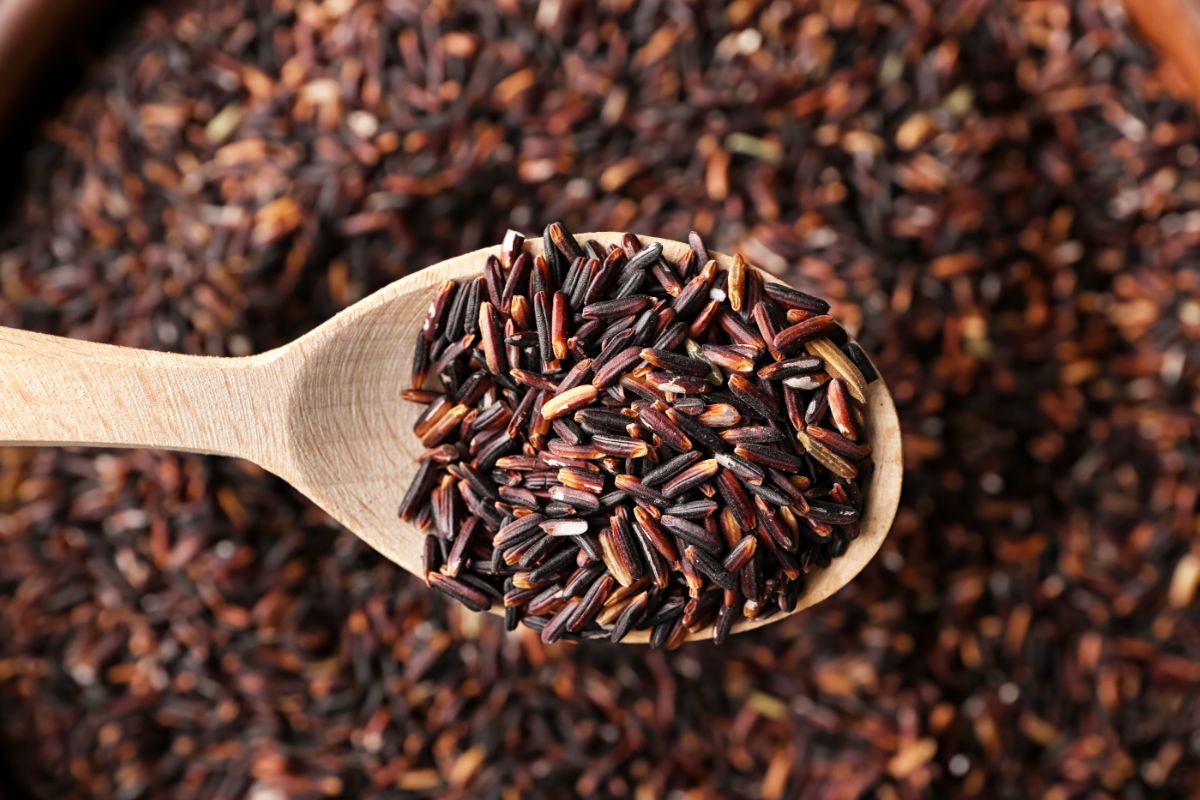
These grains are interesting because you can find different colors that range from brown, white, and black, so while they have a thicker shell, they can triple in size when cooked.
So you can simply put them over the stovetop and set them to medium-high heat.
A way to describe the flavor of the kernels is that they have an earthy flavor, which may put your mind in the area of mushrooms and other root vegetables.
You’ll find that the texture itself is fresh and satisfying when added to casseroles and soups.
2. Amaranth

On sight alone, you might compare these to versions of chicken feed, as these small grains have a lot of protein, and that is one of the main reasons you can see them often appear in vegan recipes, as they are also gluten-free.
Even though it’s not technically a grain but more of a seed, when popped, you’ll find that they replicate popcorn but aren’t as large.
You can put the amaranth into a saucepan and bring it to a boil, where you can simmer it for 15 minutes to make them digestible.
3. Sorghum
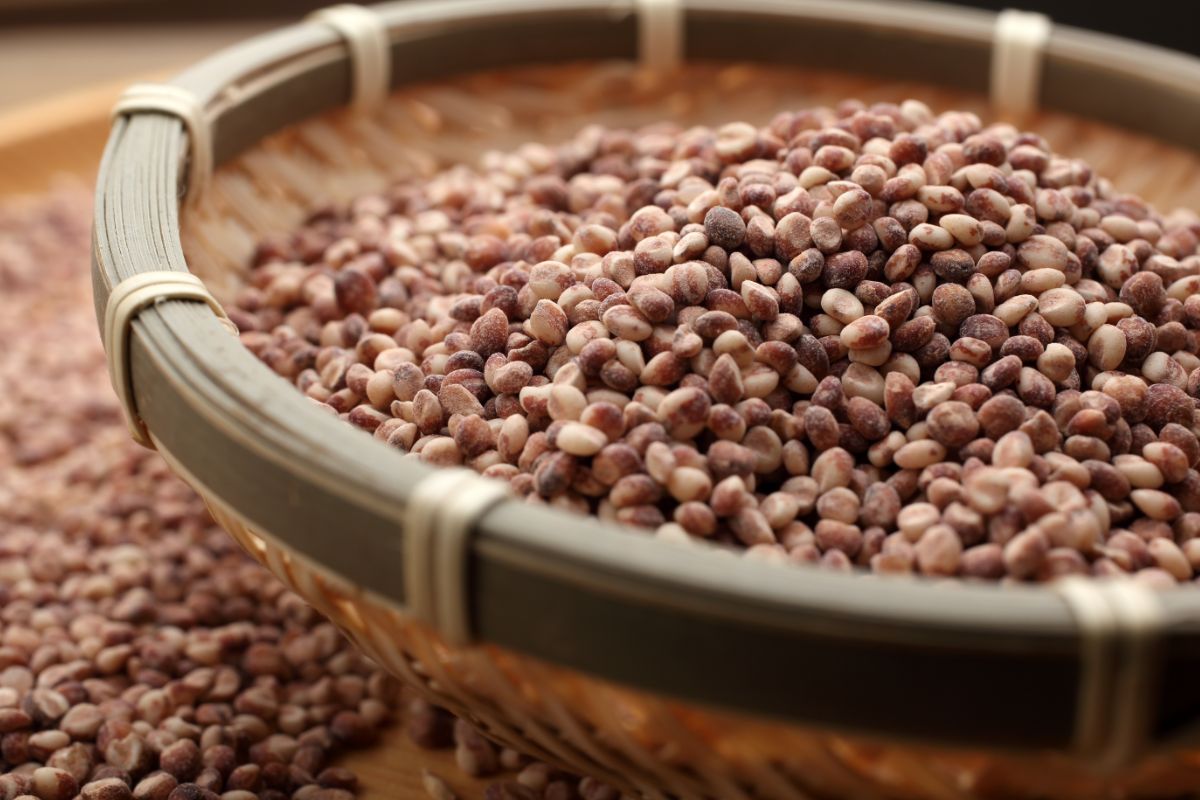
Known as a cereal grain, you can prepare it like rice or simply pop it, and it is even used in syrups to sweeten processed foods.
You’ll find sorghum is rich in nutrients and is even used in animal feed.
You can put these grains in the microwave or on the stove, and what you end up with are puffy snacks known for their naturally sweet flavor.
You can even find these in different colors where they are used as a sweetener in southern cooking.
4. Quinoa

You can find these grains in different colors, and when popped, they have a distinct nutty flavor.
You don’t need to rinse them in water as when popped naturally, you can get a crunchier grain with more flavor locked inside.
Even though it is said you should cook them a little before consuming them, this doesn’t mean you can’t throw a few raw grains into a smoothie.
Like most popped grains, you can store them for around 2-3 days, and to preserve them longer, you can leave them in a cool and dark place.
5. Barley

Considered more beneficial to health than wheat because they are processed less, barley is also attributed to its use as malt for alcoholic beverages such as beer.
When popped, barley takes an interesting form and can also be mashed as per the malting process (see also ‘What Is Malted Barley Flour?‘).
You can bypass this mashing phase by boiling them at temperatures between 100-150ºF, and even if you get a smaller batch than you would with wheat, you can still get a lot of crunch and versatility when it comes to snacking options.
6. Popcorn Kernels Or Buckwheat

Probably the most widely known grain for this process, you can find varieties in the form of kernels or popcorn that is ready-made.
For a better process, leave the kernels to dry in a ventilated area and heat on a saucepan, where you can add sugar and spices for taste.
Even though all the grains on this list pop, or form into the classic shape, these kinds are the only ones known to really “pop”.
Even though buckwheat may not follow popcorn this way, you have broader applications as they can be used as cereal or in cooking.
7. Rye
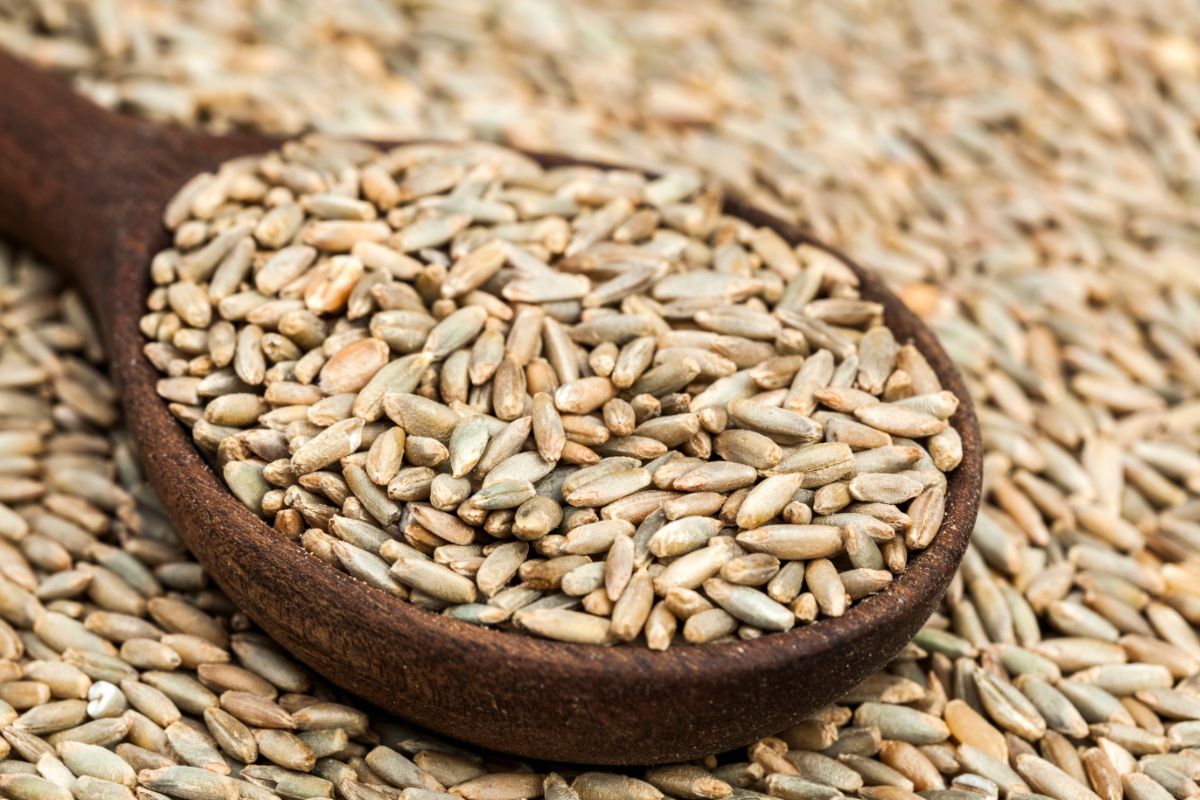
Typically, this grain is used for making flour, rye bread, crispbread, and beer, and when boiled, it can be consumed like rolled oats.
Instead of popping, you might find they burst or crack and turn partially into a type of flour texture.
These differ from popcorn kernels. For the best results, you want to rinse them well under cold running water.
When left overnight, this reduces the time that you need to cook them for, which can be done in a pressure cooker for consistent coverage.
8. Arborio Rice
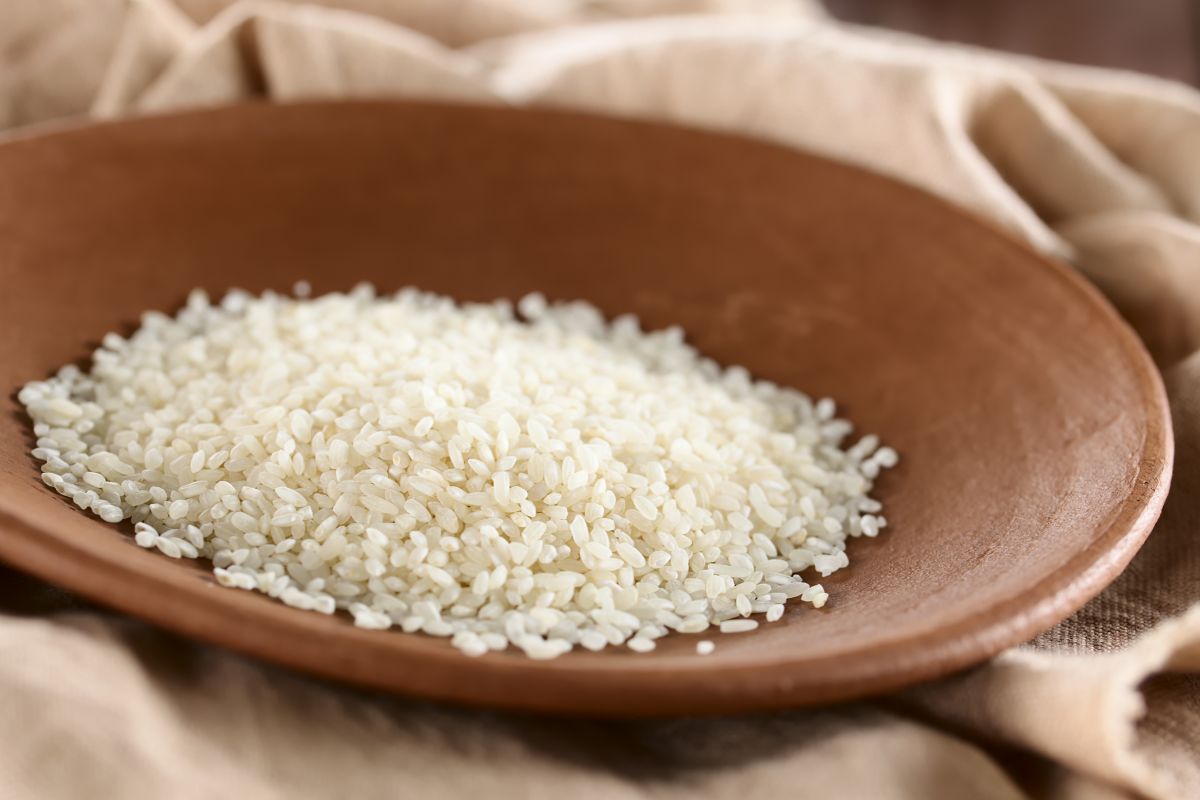
This Italian variety of rice looks like your typical white rice, but arborio is slightly larger and retains more of its starch content.
It is also a key ingredient when making dishes like risotto, as it can be boiled to make a sort of paste that makes the recipe creamier.
If you want to prepare them so they don’t mash together, you have to be a bit more precise in your cooking.
Let the pan get hot and give them enough room to expand.
While many people may not try this, you find this to be a puffier rice that can be used as a garnish.
9. Farro
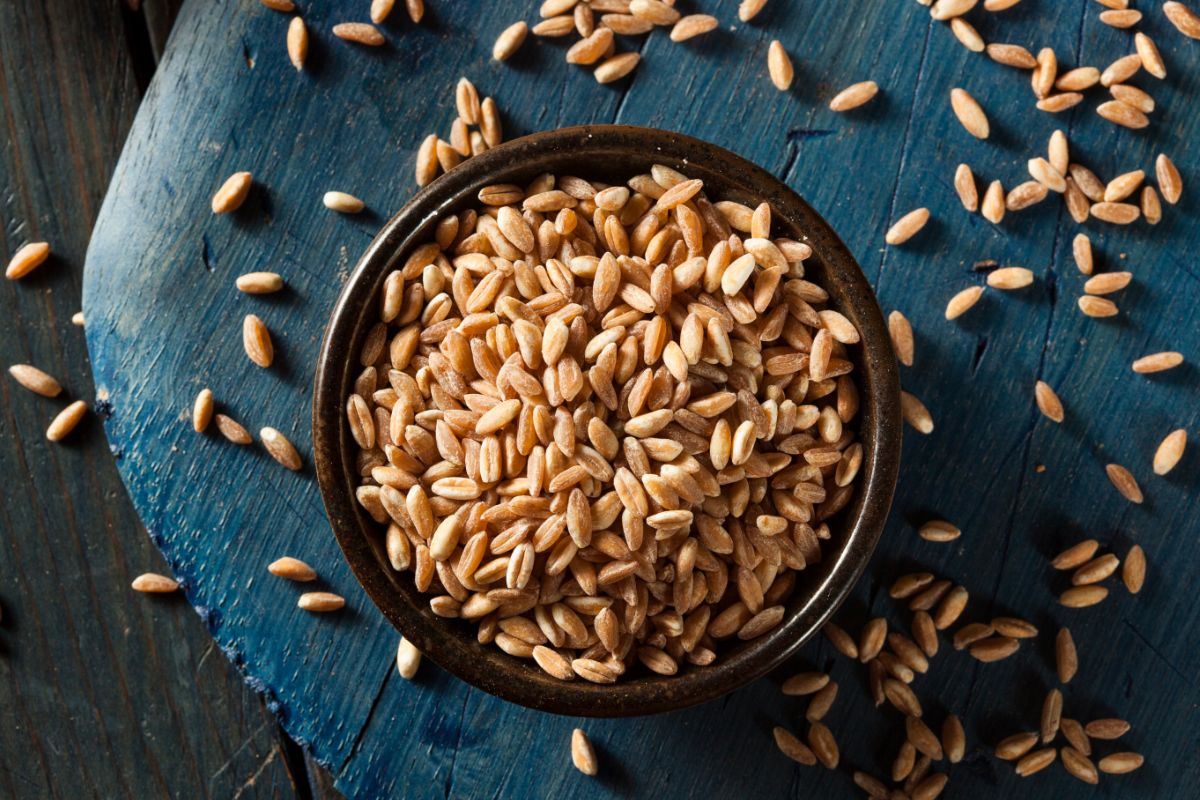
This is another high protein and fiber whole-grain wheat with an oblong and longer shape than barley
They both have the same chewy texture when fully cooked and can often be used in the same way.
You can cook these raw or crack the outer shell, and you may find the grain gets larger and slightly puffier.
No matter how you cook them, they won’t mash.
These can be added to salads or even be used instead of arborio rice for risotto.
10. Steel Cut Oats
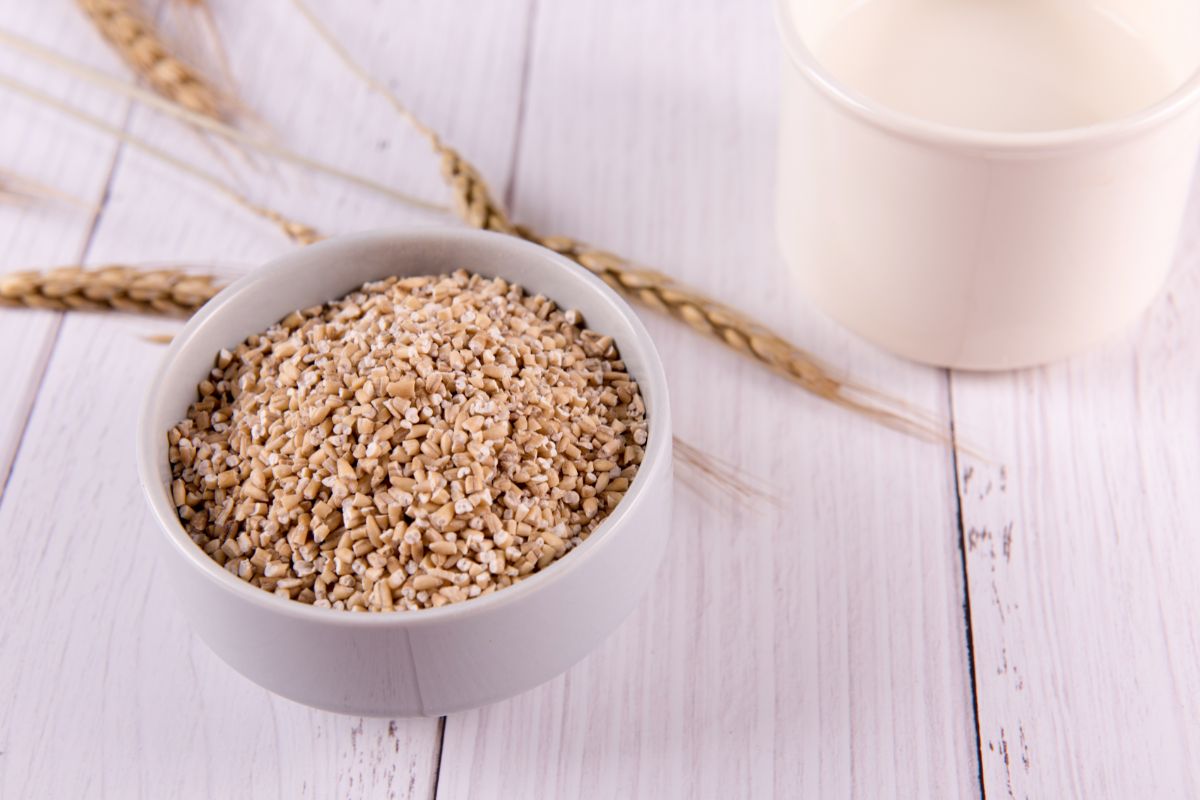
Most commonly used for oatmeal or as a side for breakfast items, you can get these to pop by adding a bit of milk or water to loosen the cereal, then pop them in the microwave or reheat them on the stove at low heat.
When prepared like this, the puffs look more like pinheads, and while they can be consumed as a snack, they can also be used to feed birds and hedgehogs, where you can add some small pieces of fruit to make the mixture more substantial.
Frequently Asked Questions (FAQs)
How Do I Pop Grains At Home?
Whatever grain you have, you can follow a similar pattern of cooking them depending on the grain.
In some cases, you may need to cook them up to temperatures of 212ºF, so start on low heat and slowly raise it to get more consistent results.
The first sign you notice this hasn’t worked is when the grains burn and turn a charred or smoky color, which means that you’ve applied too much heat to them.
You can try this over a pan or in the microwave, but results can vary in their success when you start experimenting with various types.
A good tip is to avoid putting them in the fridge before you pop them, as the low humidity will dry out the grains, which lowers the moisture level needed to pop or burst the grain.
You should also transfer your popped grains to a bowl soon after to avoid overheating.
Why Do Some Grains Pop?
This all comes down to the grain construction, and most kinds have an endosperm and germ encased inside the outer shell or hull.
The moisture is contained in the endosperm and, when heated, turns to steam.
All this steam puts a lot of pressure on the shell, which causes it to burst or pop as it turns the grain inside out. You can find processed grains that have already gone through this process, though they may have added other ingredients.
Some grains may not pop either because the excess moisture expands them.
They may also have a porous outer shell where even if steam causes pressure, this passes through easier, so you end up with parched grains instead of popped.
Are Puffed Grains Healthier?
During this process, some nutrients like protein, fiber, and starch can be retained, but you may find some puffed grains like cereals have more carbohydrates and have lower moisture while also having higher levels of sugar.
While popping grains yourself can be beneficial, you may want to avoid store-bought popped grains as this is where the carbs add up and may even be counterproductive if trying to lose weight in a sustainable way, as these could make you hungrier.
Part of this process requires you to find types that have as fewer added ingredients as possible, so going for plain varieties is best as you can make these into a snack and you can get a lot of nutritional benefits.
Closing Thoughts
While there are a lot of benefits to popped grains, some may look less appealing as they don’t make that signature popping sound when cooked. You’ll also find that your puffed grains have uses that you haven’t considered.








